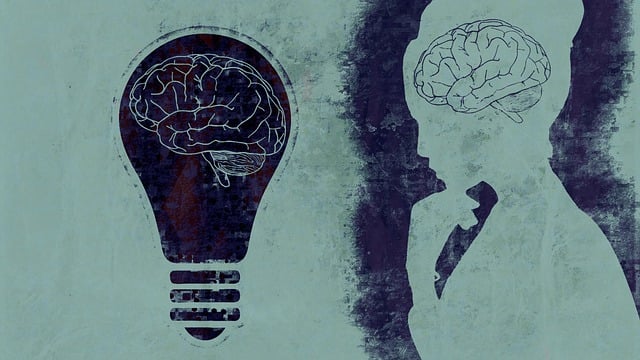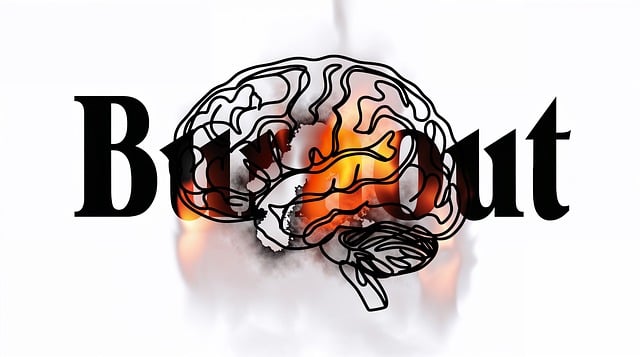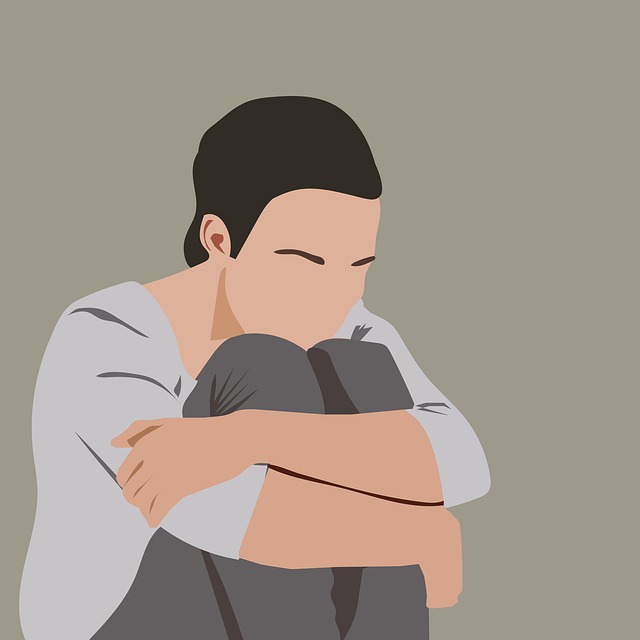Longmont Abuse Survivors Therapy (LAST) focuses on positive thinking as a powerful tool for trauma healing, guiding individuals through exercises to transform negative thought patterns into optimism, gratitude, inner strength, and resilience. Their structured framework begins with risk assessment, self-reflection, and empowerment, incorporating educational content via the Mental Wellness Podcast Series. Regular self-awareness exercises, mindfulness practices, and structured mental health education programs enhance well-being, track progress in positive thinking through goal setting, and foster continuous recovery and personal growth for Longmont abuse survivors.
Longmont Abuse Survivors Therapy (LAST) often emphasizes the power of positive thinking as a healing tool. This article delves into the strategic implementation of positive thinking exercises for survivors, exploring their profound impact on well-being. We’ll guide you through understanding the foundation of positive thinking, identifying negative thought patterns unique to survivors, and crafting an exercise framework tailored to individual needs. Discover practical techniques to integrate this practice into daily life, along with methods to measure success and adapt these exercises effectively.
- Understanding Positive Thinking and Its Impact on Healing
- Identifying Negative Thought Patterns in Survivors
- Creating a Structured Exercise Framework
- Practical Techniques for Daily Implementation
- Measuring Success and Adjusting the Practice
Understanding Positive Thinking and Its Impact on Healing

Positive thinking is a powerful tool for healing, especially for those who have experienced trauma or abuse. At Longmont Abuse Survivors Therapy (LAST), we recognize that cultivating a positive mindset can significantly impact an individual’s journey towards recovery. By focusing on optimism and gratitude, survivors can develop inner strength and resilience, which are essential components in navigating the complexities of their pasts.
Through various exercises and practices, LAST guides individuals to transform negative thought patterns into more constructive ones. This includes incorporating conflict resolution techniques that promote understanding and self-compassion cultivation to foster a kinder inner dialogue. By engaging in these compassion cultivation practices, survivors can heal from deep-seated pain and create a sense of safety within themselves, ultimately enhancing their overall well-being.
Identifying Negative Thought Patterns in Survivors

Many Longmont abuse survivors struggle with persistent negative thought patterns as a result of their traumatic experiences. These patterns can manifest in various ways, such as all-or-nothing thinking, catastrophizing, and personalizing events that are not within their control. Recognizing these unhelpful thoughts is a crucial step in the emotional healing processes for survivors. By increasing self-awareness exercises, individuals can learn to identify when they are engaging in negative thought patterns and begin to challenge those thoughts.
Crisis intervention guidance offers valuable tools for navigating these internal conversations. Survivors can benefit from learning techniques to replace negative thoughts with more balanced and realistic perspectives. This shift in thinking can foster resilience and promote a sense of empowerment, allowing individuals to move forward on their journey towards recovery.
Creating a Structured Exercise Framework

Implementing a positive thinking exercise requires a structured framework to ensure its effectiveness and accessibility. At Longmont Abuse Survivors Therapy (LAST), we’ve developed a systematic approach that begins with a risk assessment for mental health professionals, considering the sensitivity of the topic and individual participant needs. This step is crucial in tailoring the exercise to foster a safe and supportive environment.
The framework includes a series of steps designed to guide participants through a journey of self-reflection and empowerment. It involves creating a Mental Wellness Podcast Series Production that offers a mix of educational content and personal narratives, providing context and inspiration. Additionally, developing Public Awareness Campaigns Development around positive thinking can help reduce stigma and encourage open dialogue about mental wellness. This holistic approach ensures the exercise is not just informative but also transformative.
Practical Techniques for Daily Implementation

Surviving trauma and fostering positive thinking is a journey that requires consistent effort and tailored strategies. For Longmont Abuse Survivors, integrating practical techniques into daily routines can significantly aid in healing and emotional growth. Self-Awareness Exercises play a pivotal role in this process; taking time each day to reflect on thoughts and emotions allows individuals to identify negative patterns and replace them with more positive ones. This practice fosters resilience and enables survivors to regain control over their mental health.
Incorporating mindfulness, gratitude journaling, or even short moments of quiet contemplation can prevent burnout and promote overall well-being. Mental Health Education Programs Design focused on positive thinking offer valuable insights and tools for managing stress and challenging traumatic memories. By engaging in these exercises regularly, survivors can enhance their coping mechanisms and cultivate a more optimistic outlook, which is essential for their long-term recovery and personal growth.
Measuring Success and Adjusting the Practice

Measuring success is a vital aspect of any therapy journey, and Longmont Abuse Survivors Therapy (LAST) encourages clients to track their progress in cultivating positive thinking. This involves setting realistic goals and regularly evaluating one’s emotional state and thought patterns. By doing so, individuals can identify when negative thoughts are replaced by more constructive ones, signaling a successful shift in mindset.
Adjusting the practice is an ongoing process that requires self-awareness and reflection. LAST emphasizes the importance of recognizing triggers and emotions that may impact one’s ability to maintain positive thinking. Through regular check-ins with healthcare providers and utilizing tools like journaling or guided meditations, clients can gain insights into their Emotional Healing Processes. This proactive approach, combined with Conflict Resolution Techniques learned during Cultural Competency Training, empowers survivors to navigate challenges more effectively, fostering a sense of empowerment and resilience.
Implementing positive thinking exercises, as explored through Longmont Abuse Survivors Therapy, is a powerful tool for personal growth and healing. By understanding the impact of positive thinking, identifying negative thought patterns, and creating a structured framework, survivors can effectively transform their mental landscapes. Daily practice, combined with measuring success, allows for continuous adjustment, ensuring a tailored and impactful journey towards well-being. This holistic approach empowers individuals to reclaim their lives and foster resilience in the face of adversity.














